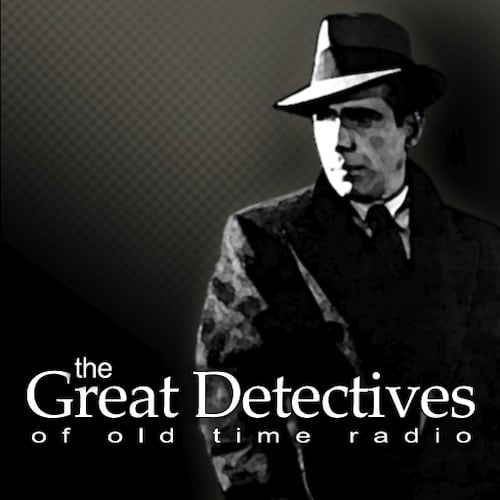This second audiobook of the Black Mask books features five stories from the legendary pulp detective magazine.
“Ten Carats of Lead” by Stewart Sterling
A cop on the pawnshop detail tries to solve the murder of a fellow officer in the same department while keeping things from the homicide boys. It gives the story an emotional angle. The story’s helped by Alan Sklar’s deep resonant narration. There are a couple plot twists that don’t quite work, but it’s an enjoyable ride.
“Murder is Bad Luck” by Wyatt Blassingame
An ex-Jockey turned race track cop is caught in the middle of a murder investigation. The story is set in New Orleans and has a good sense of atmosphere. The weird thing about this one is our hero’s obsession with the exact ingredients of any drink mentioned.
“Her Dagger Before Me” by Talmadge Powell
Private investigator Lloyd Carter stumbles into a murder in Tampa. The story is very well-told and moves at a solid pace with a surprising solution.
“One Shot” by Charles Booth
A man enters a house in search of a collectible he wanted to buy. Instead, he finds the seller dead. The only suspect is the man’s beautiful niece. This tale is a true short story as opposed to the others, which feel like Novella-length. The romance that develops between Booth’s hero and the female suspect is more abrupt than most musicals. However, he has to find out if she’s killer, and if not, how can they explain her uncle’s death.
“The Dancing Hats” by Richard Sale.
In this World War II story, the doctor of a Hawaiian leper colony is summoned to the military base by an officer. The officer warns they have 48 hours to save the island from a disaster that will wipe out most of the inhabitants. This great story combines espionage with a medical thriller wrapped in a typical detective story. Narrator Jeff Gurner does a great job bringing all the characters to life. The conclusion of the story was sad but well reflected the hard decisions people had to make during the war.
Before each story we get a short mini-bio of the writer, which adds value to a strong collection.
Overall, this audiobook is outstanding. We get five different stories with five different styles. Three of the stories are set outside of the main cities that dominated the Golden Age. This is a well-curated series that manages to offer samples of some talented, yet mostly forgotten writers of the era. The narrators are generally solid and two or three were superb. If you like mysteries from this era and want to discover a few new gems, this collection is for you.
Rating: 4.25 out of 5
The twelve existing episodes of the Johnson’s Wax program are available for free online here.
This post contains affiliate links, which means that items purchased from these links may result in a commission being paid to the author of this post at no extra cost to the purchase

